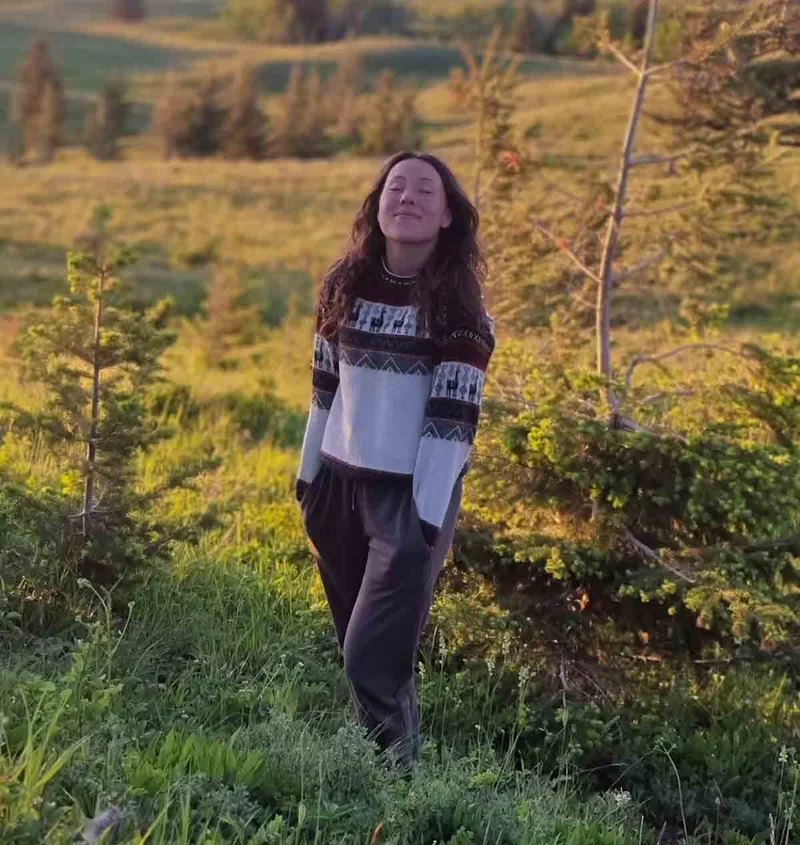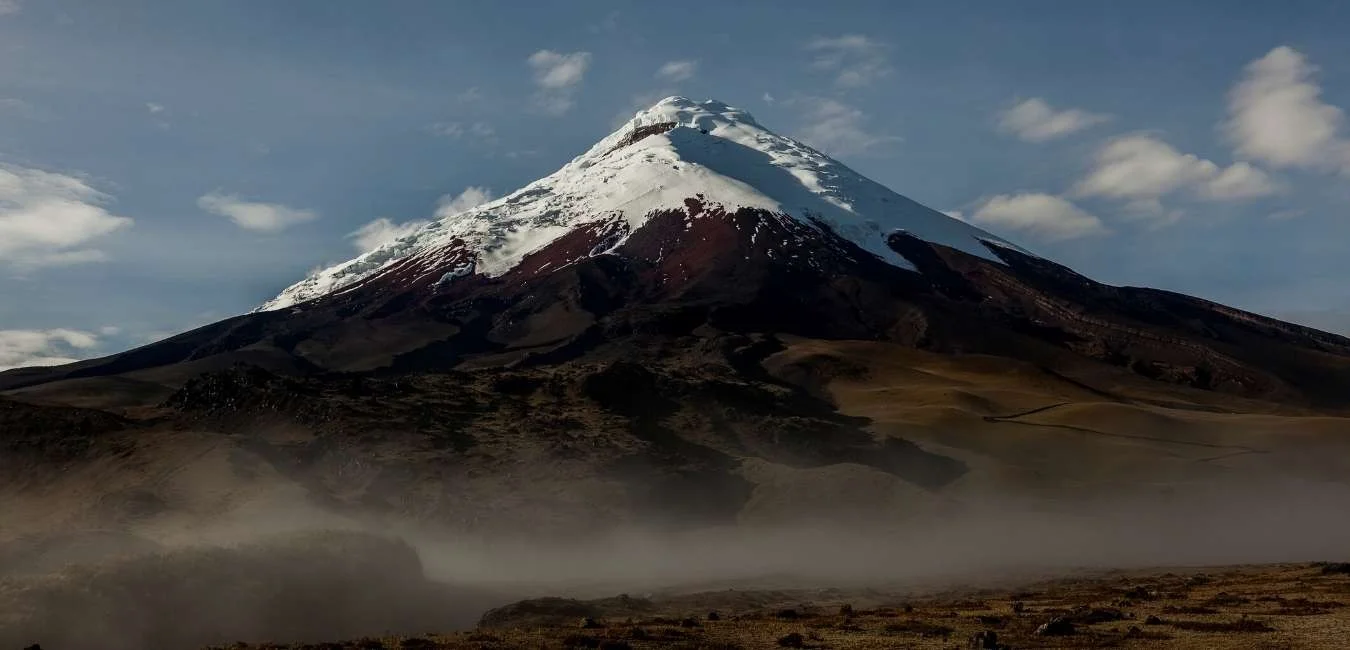
Discover Cotopaxi - a complete guide to the National Park | Travel Blog
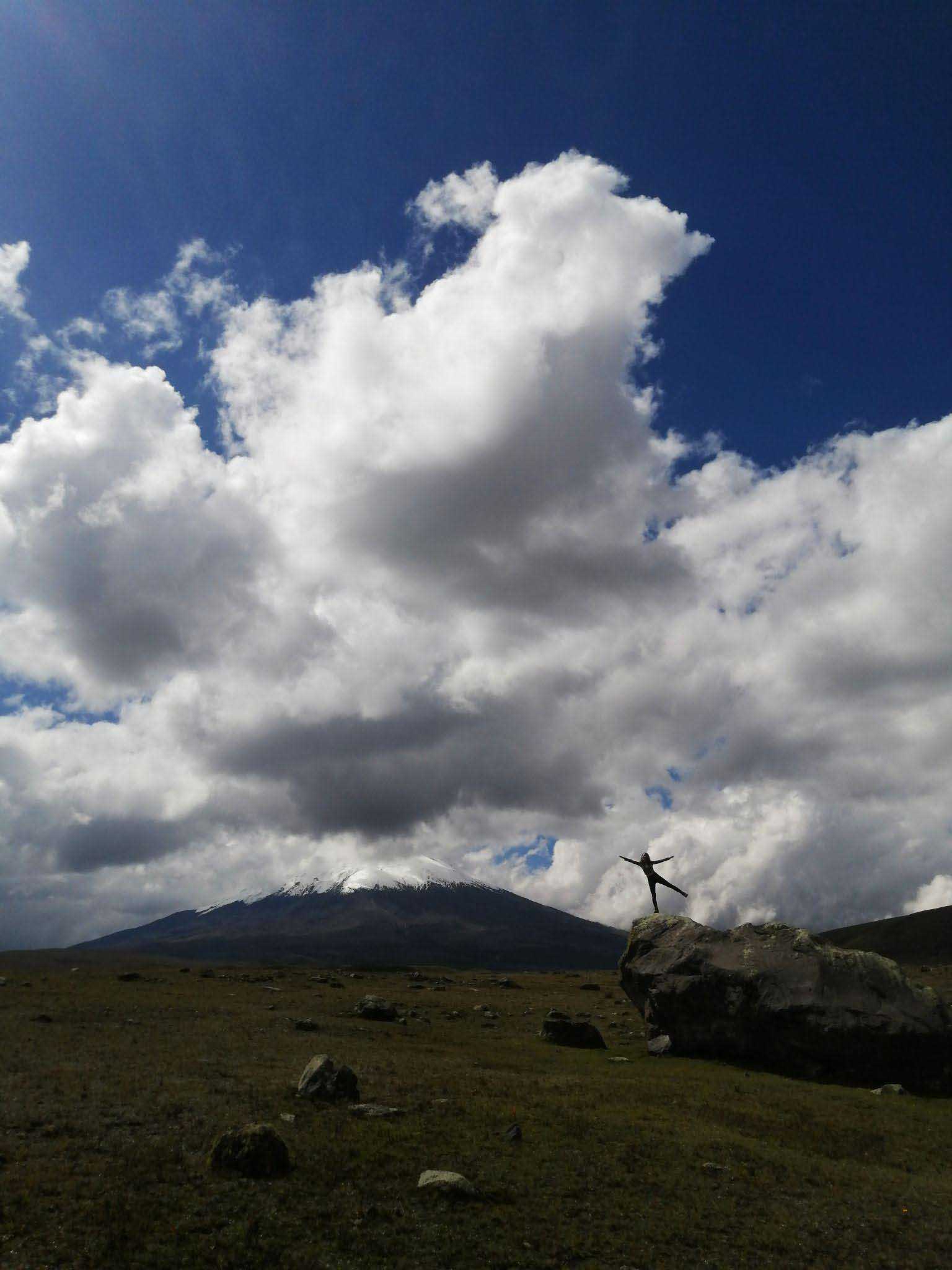
Cotopaxi National Park looks like an image taken straight out of the “Hobbit”. A lonely mountain arises from the vast plains of paramo with its knee-deep yellow grass and rabbits racing through the moss. With its perfectly conical shape, its peak covered in an everlasting cap of snow, its crater sometimes silhouetted clearly against the blue sky, sometimes hiding behind the fluffy clouds that seem to be remnants of a recent eruption - the Cotopaxi volcano.
Being one of the tallest volcanos in the world and the second tallest peak in Ecuador (inferior only to the Chimborazo with its astounding 6268m) Cotopaxi is one of these magical places you can’t miss. The volcano is still active and its last eruption in August 2015 caused the park’s closure until October 2017. Since then the mountain seems to have calmed down and fallen asleep again. Its name is Quechuan for “neck of the Moon” and derives from its crescent-shaped crater.

Even though its height of 5897m might sound scary, it’s not a technical climb, and any person with an average condition and under the supervision of a professional guide can make it to the top. And even if you don’t plan to conquer the top this time, there’s so much to do and discover in this amazing National Park surrounded by volcanoes of Ecuador’s Andes, that everybody will find something they’ll love here.
Voyagers travel offers several Ecuador tours exploring the different regions of the country. Here are a few itineraries that include a visit to Cotopaxi volcano and it’s surrounding reserve for inspiration:
Avenue of the volcanoes tour – 3 or 4 days
Note that all of the above can be customized to your preferences.
The Overview of Cotopaxi National Park
It’s always worth it to visit the park, but the best season to get a clear shot of the volcano is from July to October. That’s the dry season in the Andes and you’ll have much better chances to see the mountain cloudless with all its glory. The Cotopaxi National Park is less than an hour away from Quito (on a clear day you can even see it from the city!), just next to the little town of Machachi. You can get there by car, bus, taxi, or hitchhiking - all depending on your budget and preferences. The same goes for the accommodation. You can choose from luxurious lodges, and budget hostels or even camp it out, although be prepared for extremely cold nights. Once in the park, you definitely won’t be bored. Observing local flora and fauna, cycling, horseback riding, hiking around the Laguna Limpiopungo, climbing one of the surrounding volcanoes, or of course making the peak - you have a lot of options to choose from.
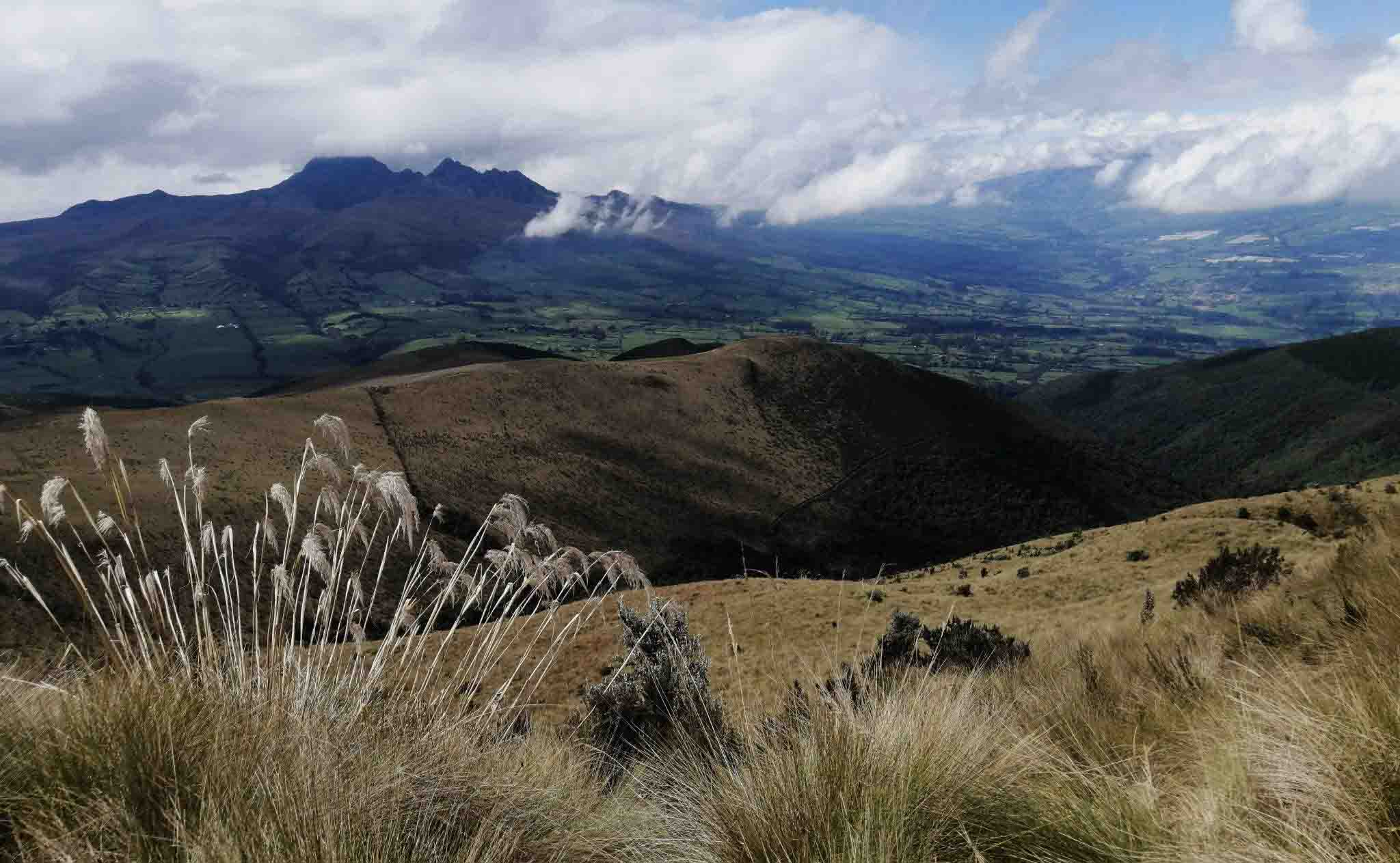
The Accommodation at Cotopaxi National Park
Let’s start with where to stay and work our way to the top, which would be climbing the peak! Only one lodge is privileged enough to be on the actual territory of the Cotopaxi National Park and that’s Tambopaxi Lodge. There’s a huge array of different options just outside of the park boundaries you can choose from though, depending on whether you wanna rough it or splurge yourself a little bit.
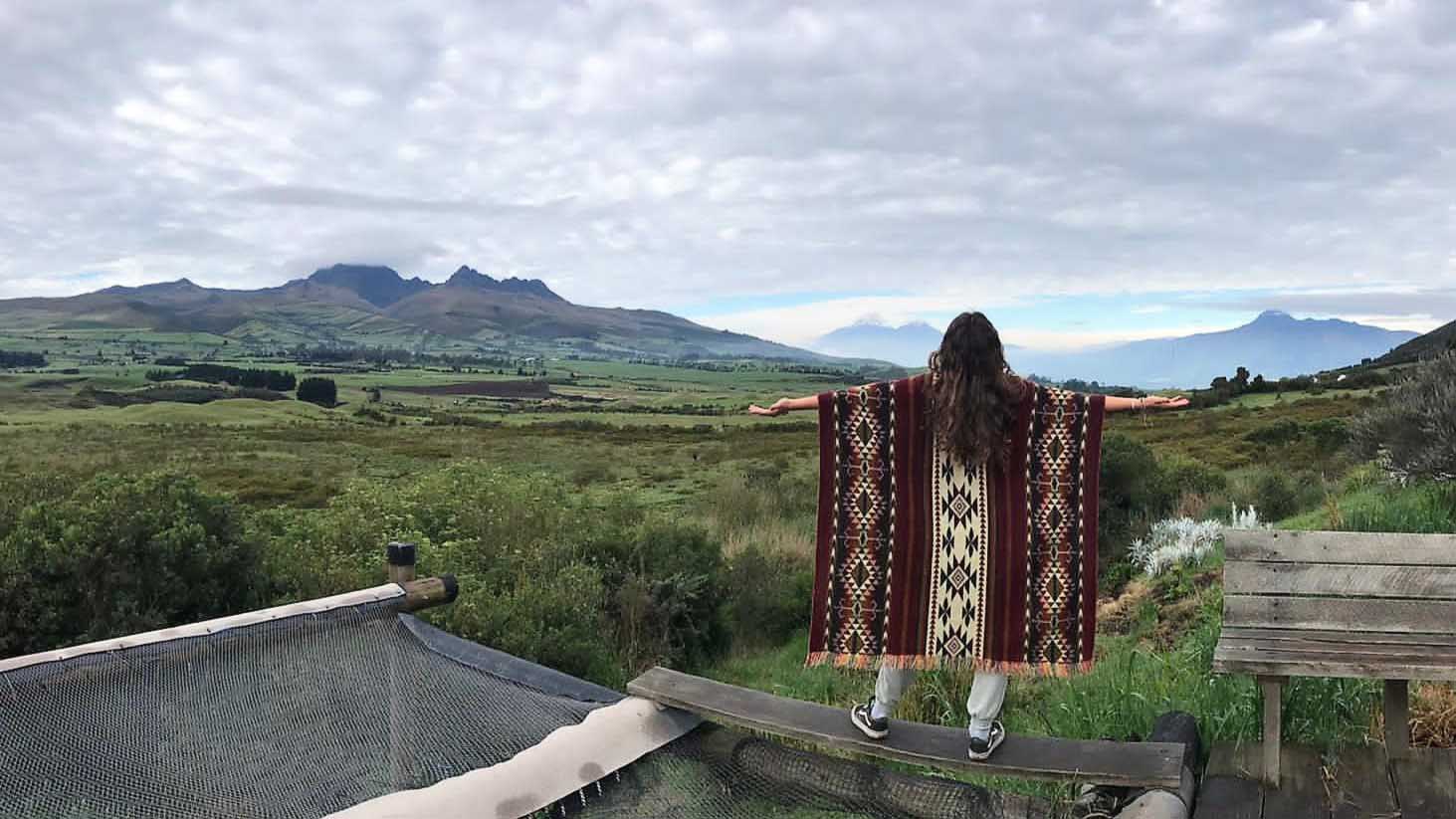
Even though I love camping I decided to visit the National Park as a volunteer in Cotopaxi Secret Garden and I couldn’t be happier about my choice. It’s one of the best hotels I’ve ever been to with a view of not one but 5 surrounding volcanos which you can enjoy from the front porch while chewing on freshly baked banana bread that’s up for grabs whenever you want. After the whole day of hiking, cycling, and coping with the constant weather changes the pleasure of drinking a glass of wine crawled up on a couch in a poncho in front of the fire is just indescribable. Not to mention getting into a hot tub with the Cotopaxi staring right at you from the window.
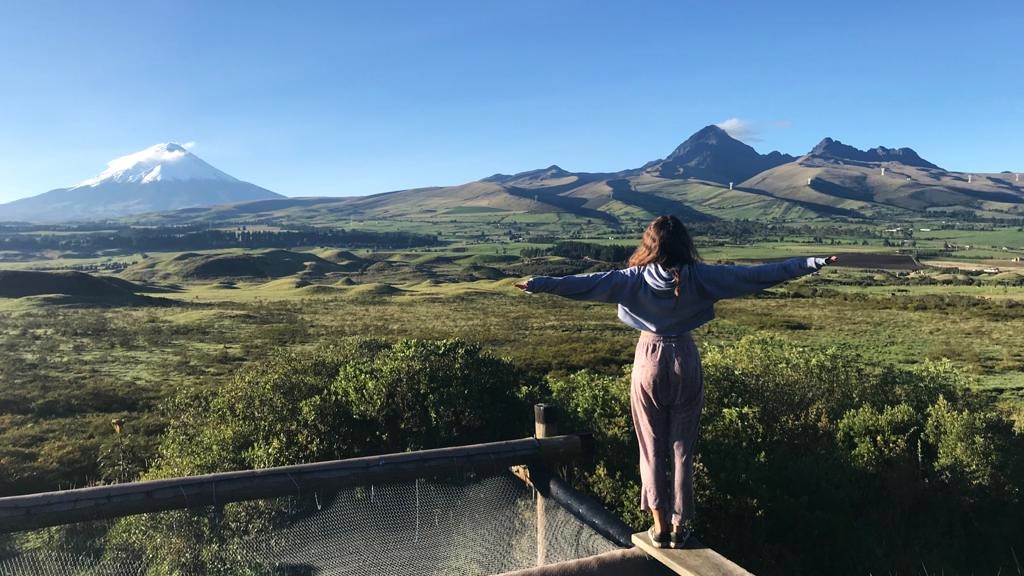
Other options worth mentioning would be the Cotopaxi Sanctuary Lodge and Hacienda San Agustin de Callo situated at the other, southern entrance to the park. Depending on the weather conditions, sometimes you can even camp inside the park for free! Personally, I have to admit that it was too cold for me to even consider it. I’ll describe my experience from the perspective of the Secret Garden guest, but I’m pretty sure most of the hotels and lodges have similar activities to offer.
The Cycling
The Cotopaxi National Park extends through 3 different provinces of Ecuador and what better way to discover such a vast territory than on a bike! You can organize it yourself but it’s gonna be way easier with your hotel, cause you’re not only gonna need a bike but also a ride to the starting point. You’ll be dropped off at the height of 4600m and picked up later at the park entrance. The first part of the way is quite steep, but I wouldn’t call it hardcore downhill - completely doable for newbies to mountain biking like me. It’s absolutely thrilling to speed up on a side of an active volcano and I can’t stress enough how much I recommend you try it.
After some time the path levels up and you can focus on the stunning scenery around you. We decided to skip the lift and come back to our hotel alone. That permitted us to spend the whole day pedaling around the National Park and soak in all the impressive scenery on our way back as well. I definitely recommend it, but WEAR GLOVES. The route is so rocky and uneven that the handles of my bike basically became a part of my hands after this trip.
Voyagers Travel has fully organized and guided Cotopaxi downhill biking and climbing trip that departs from Quito and lasts 5 days with aclimatizing and gear included.
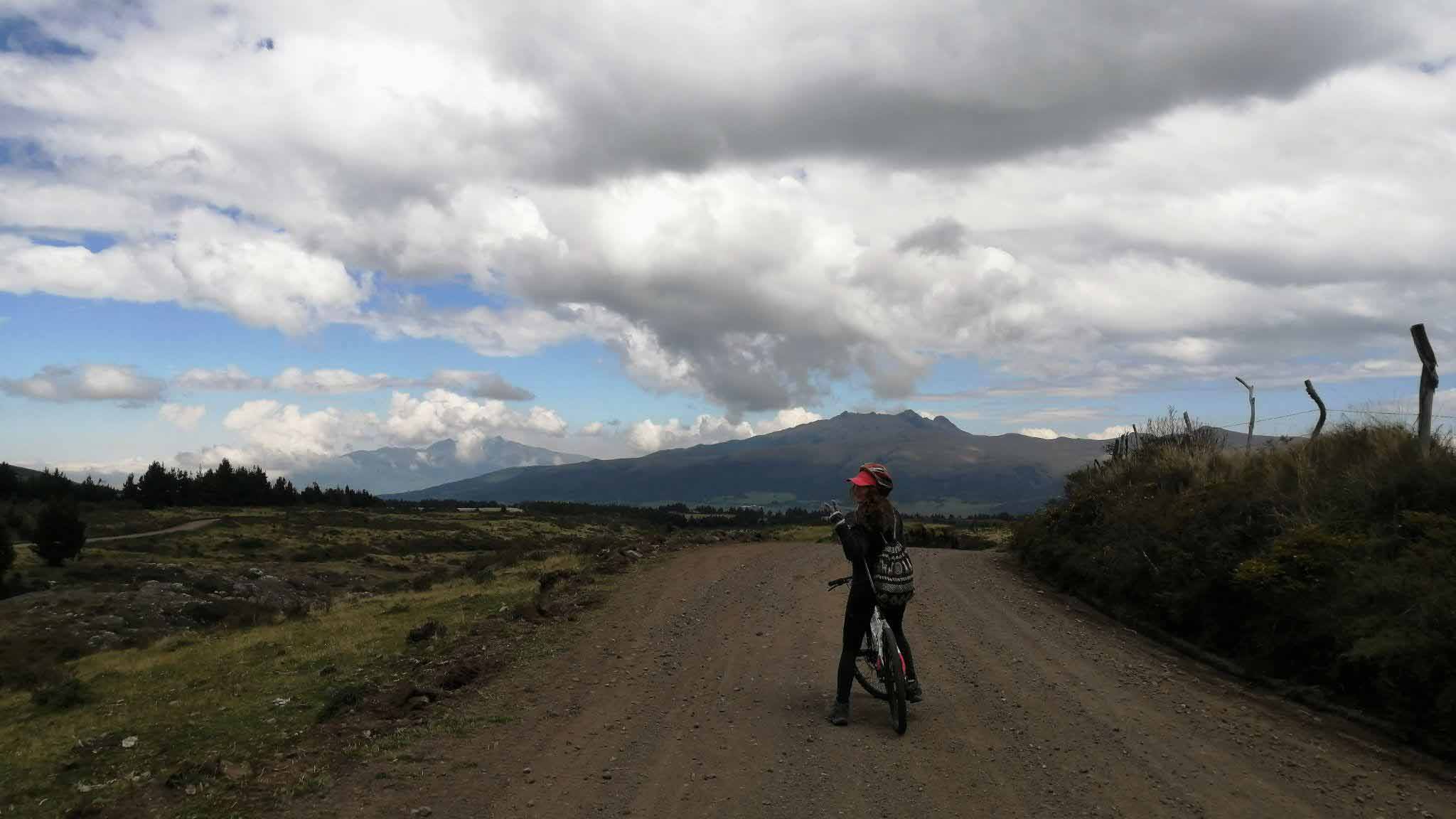
The Horseback Riding
If you’ve read my Quilotoa Loop Guide you already know I’m not much of a cowgirl. This time I decided to skip this activity, especially since the routes are essentially the same as what I’ve already done on a bike. The Ecuadorian vaqueros (cowboys) are pretty common in the Cotopaxi. Galloping across the paramo with a colorful poncho flapping in the wind is definitely a unique way of experiencing the local culture. There are many different options to choose from, depending if you want a short 1-hour ride or a multi-day trip. Some lodges like La Alegria Horse Farm specialize in this activity, so check them out if that sounds like something for you. If you would like a fully organized itinerary, here is another option from Voyagers travel: Cotopaxi 2 day horseback riding tour
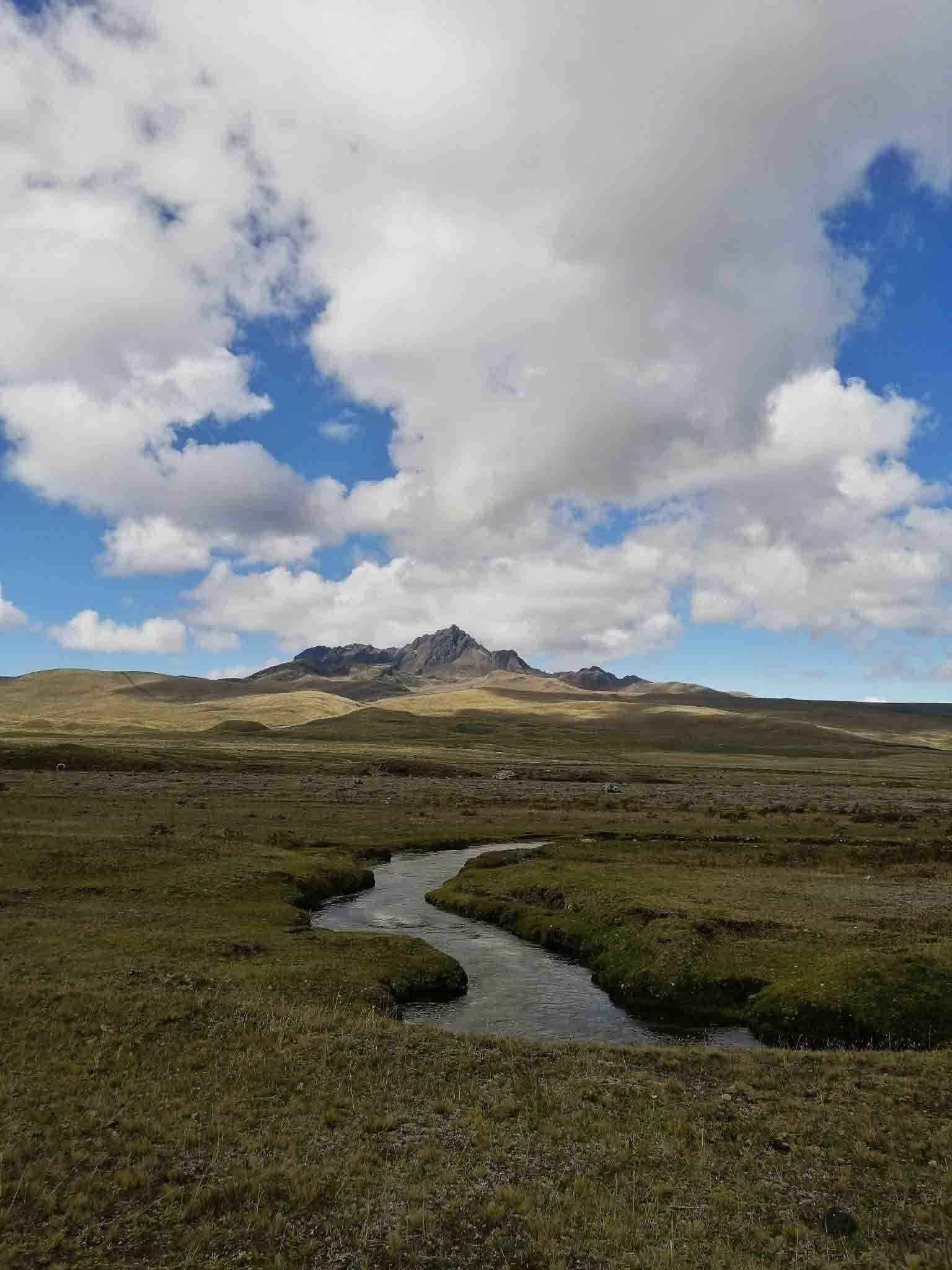
The Hiking
There are SO many hiking options around the park that I don’t even know where to start. If you want to tackle the Cotopaxi peak you definitely have to adjust to the altitude first. Staying in the National Park area for a few days prior to the climb and doing some less demanding hikes before is reeeally recommended if not a must. There’s a lot to choose from since the neighborhood is basically surrounded by volcanoes. If you’re staying at the Cotopaxi Secret Garden, you can start with a small 2h hike they offer for free, which takes you through the forests and waterfalls around the hotel. Another easy hike you can start with is the Limpiopungo Lagoon placed just at the entrance of the National Park. It takes around 1.5h and except the great views gives you a chance to see local wild horses and Andean gulls.
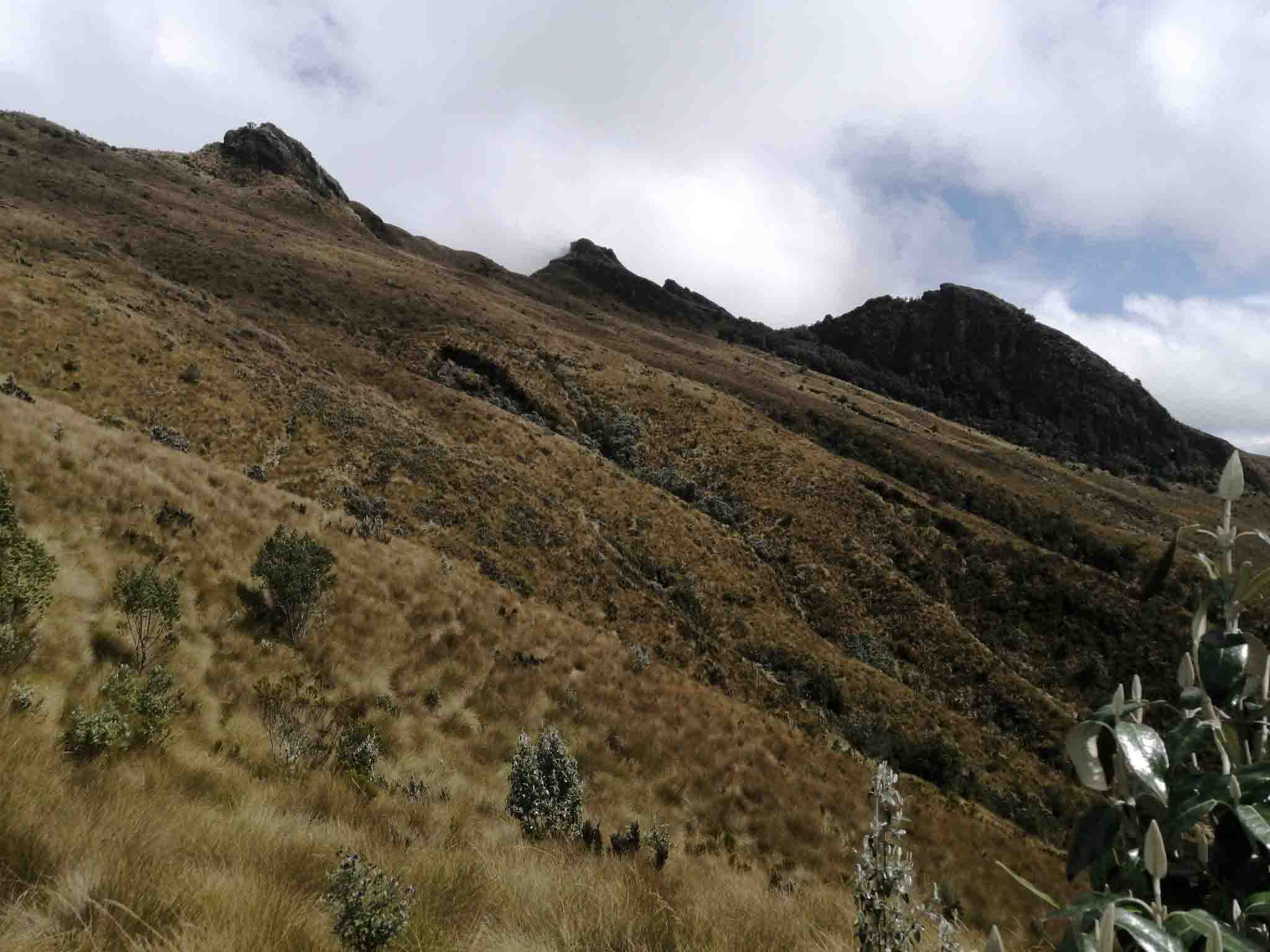
The Pasochoa
Pasochoa is a 4220m high extinct volcano and climbing it would be your next step in the preparation for the Cotopaxi ascent. It’s one of the most beautiful hikes I’ve ever done. You’ll be crossing through an enchanted forest straight out of Grimm’s Brothers books and traversing the paramo plains all the way to the rim of the dead crater. I did this hike 3 times and discovered something new every time. The weird way that fog only covers one side of the mountain, the wild rabbits jumping chaotically to avoid our 5 hotel dogs who’d always tag along for the trek, the views of the “paper forest” with its bark that looks like an Egyptian papyrus… The hike takes around 5h and is moderately difficult, but the hotel guides have supernatural powers of sensing when a break and a snack are due and they ultimately make everybody finish it. The cost is 28$ pp, food included.
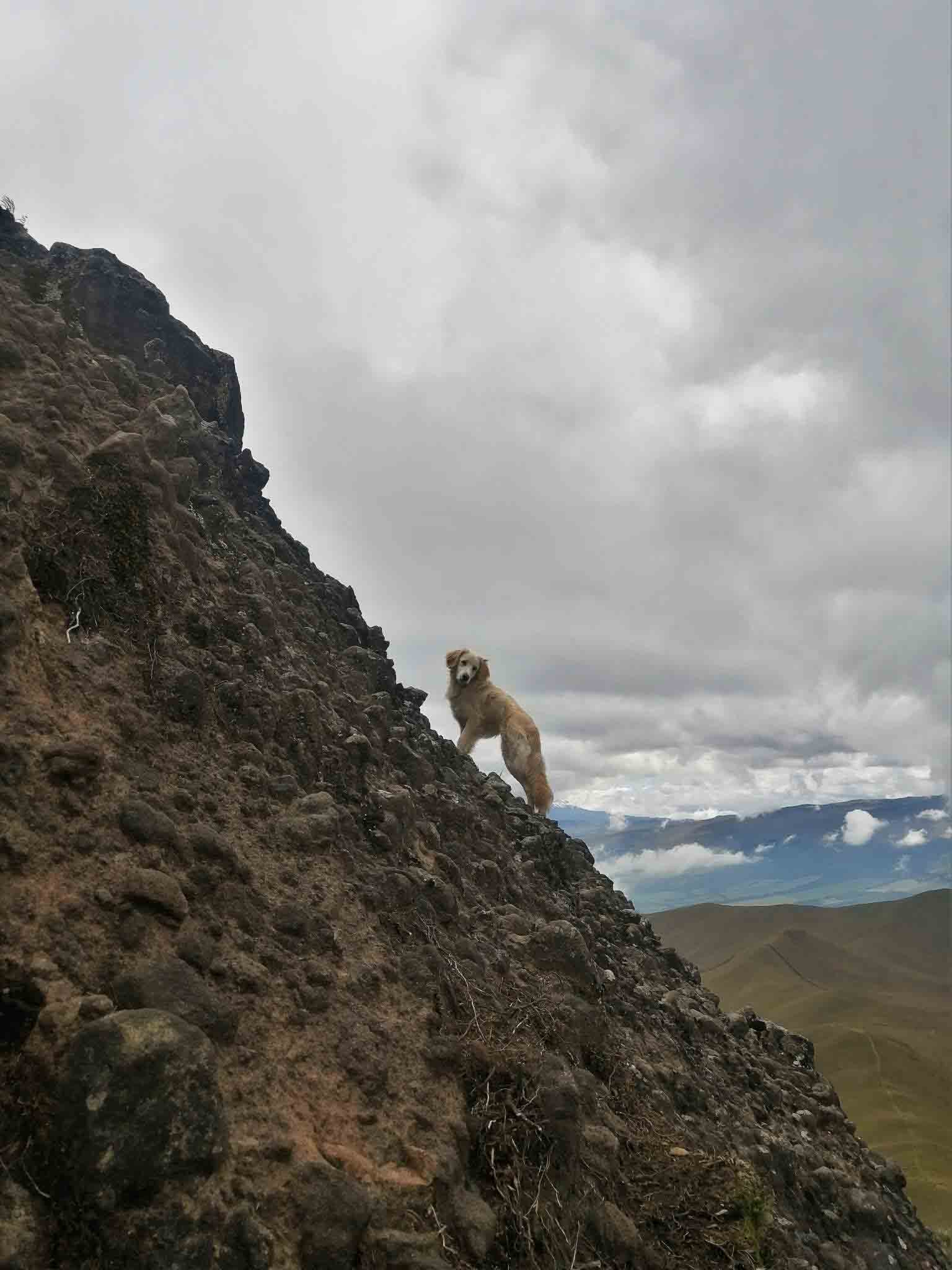

The Rumiñahui
Rumiñahui is another inactive volcano, hiking which is a tad harder than Pasochoa. It might be day 3 of your Cotopaxi peak training! Starting at the Limpiopungo Lagoon it takes you through the paramo and scree fields to finish at the height of 4631m with a stunning view of the other volcanos in the proximity: El Corazón, Los Illinizas, Sincholagua, and Cotopaxi. It costs 48$ pp and it’s great acclimatization before you try your chances at the Sleeping Giant!
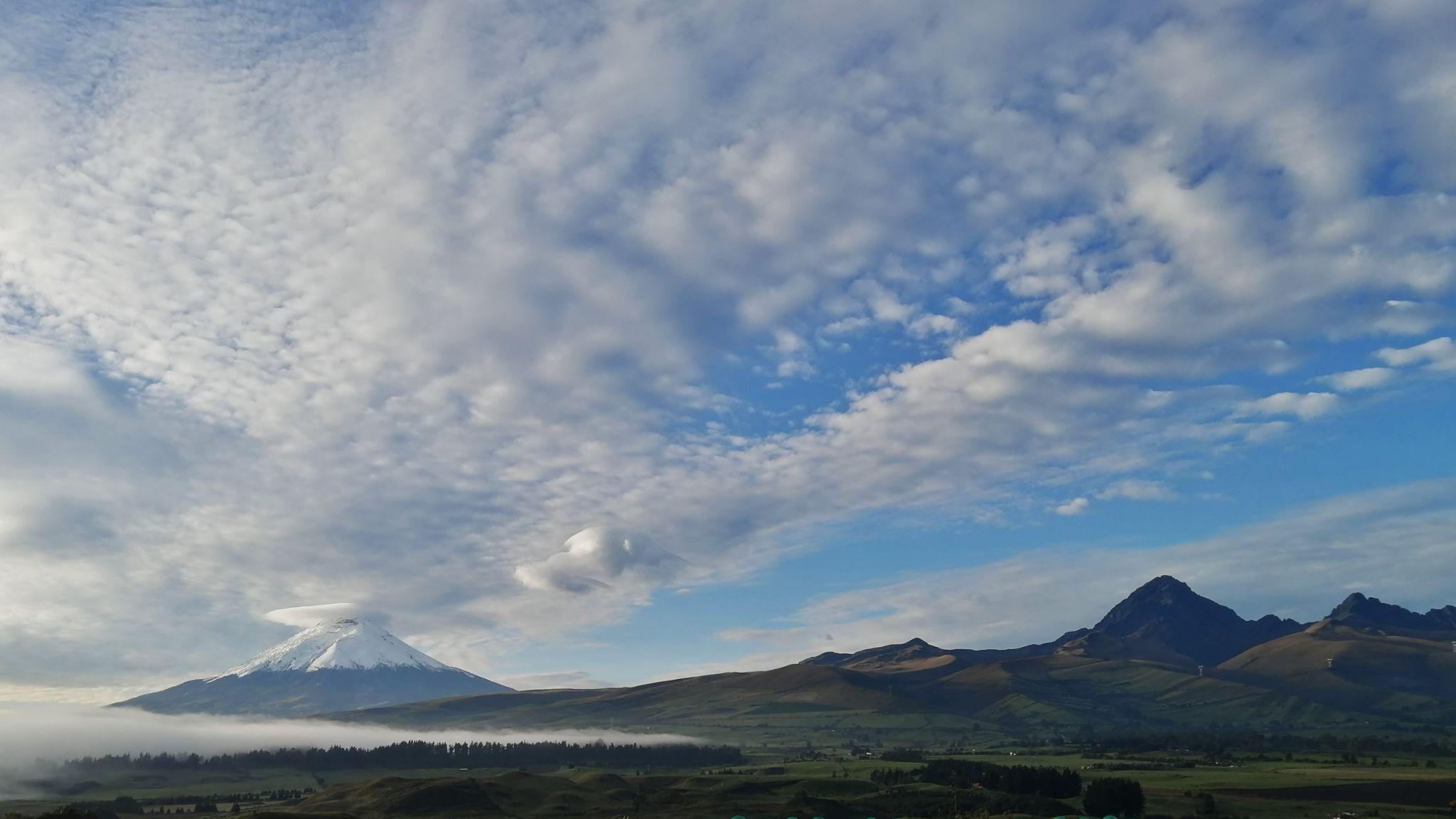
The Cotopaxi
Once you got used to the high altitude and got warmed up with the hikes of the previous days it’s time for the star of the show! If you don’t have any Ecuadorian guide friend, you’re probably gonna have to pay for the whole guided trip, as foreigners are not allowed to do the peak on their own. I am a lover of DIY traveling but when it comes to climbing a 5897m volcano you better get a guide and all the professional equipment. Here is a guided tour option for summiting Cotopaxi.
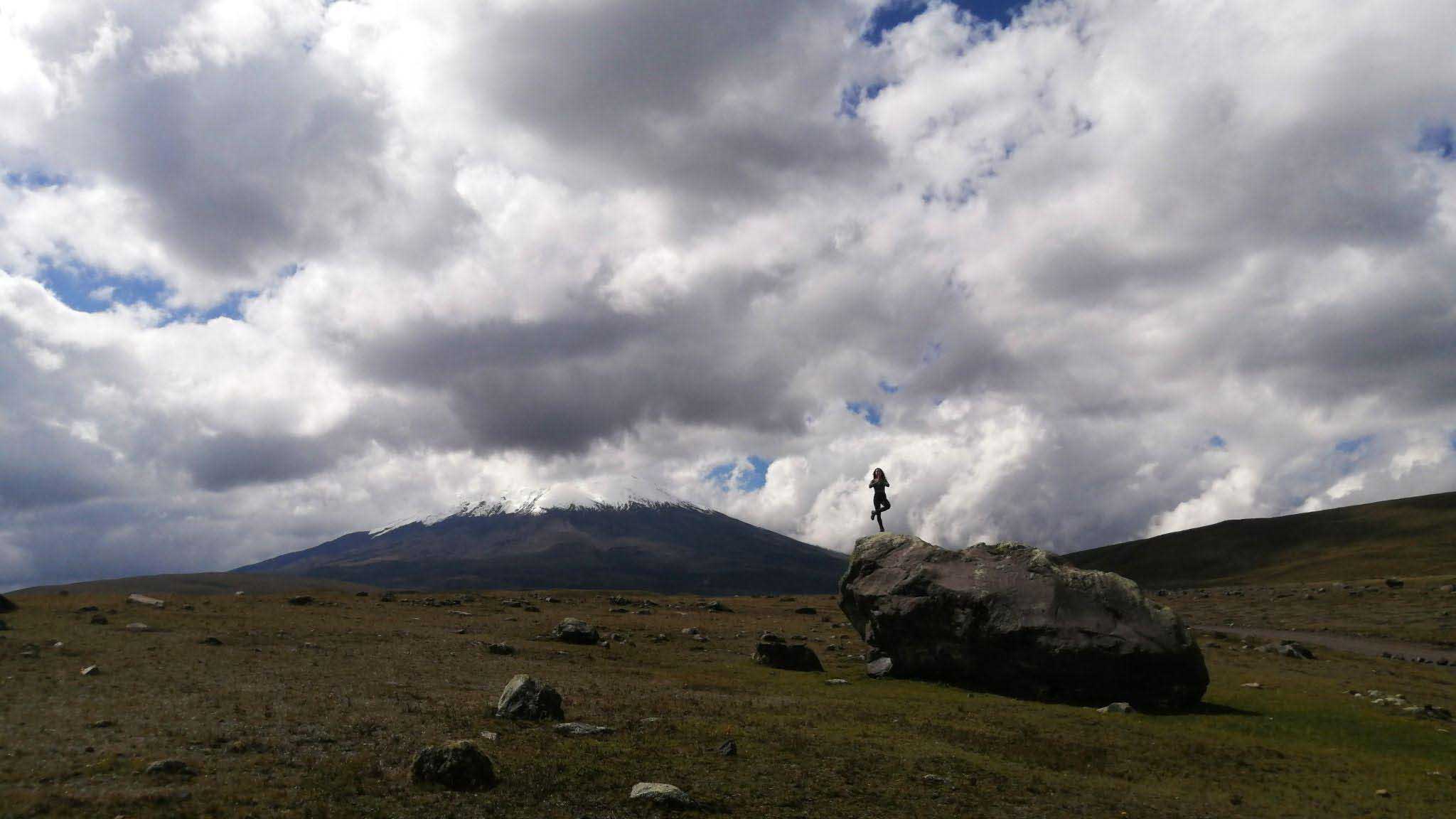
The hike itself is not technically difficult, but you need stamina, determination, good weatherproof gear, and an acclimatization period, which I’ve already mentioned before, but can’t stress enough. As an average European hiker, I didn’t really spend much time above the 4000m altitude before coming to Ecuador. Hiking at such a height where the air is much thinner cuts your strength and stamina in half and might give you altitude sickness, making you nauseous and sleepy. That’s why preparing for the ascent with some prior high-altitude hiking is so important!
The hike starts from the National Park parking lot area at the height of 4500m, once you’re all geared up. The first part is climbing up to the Jose Ribas Refuge at 4800m. You eat there, rest, and go to sleep as early as possible, because the real ascent starts at 11 pm and will take approximately 6h, getting you to the crater just as the sun comes up. There’s no way to predict the weather at that altitude so that you might be blessed with a clear sky and a beautiful sunrise or find yourself in the middle of a soggy cloud, but the hike itself is so rewarding you won’t really give a damn.
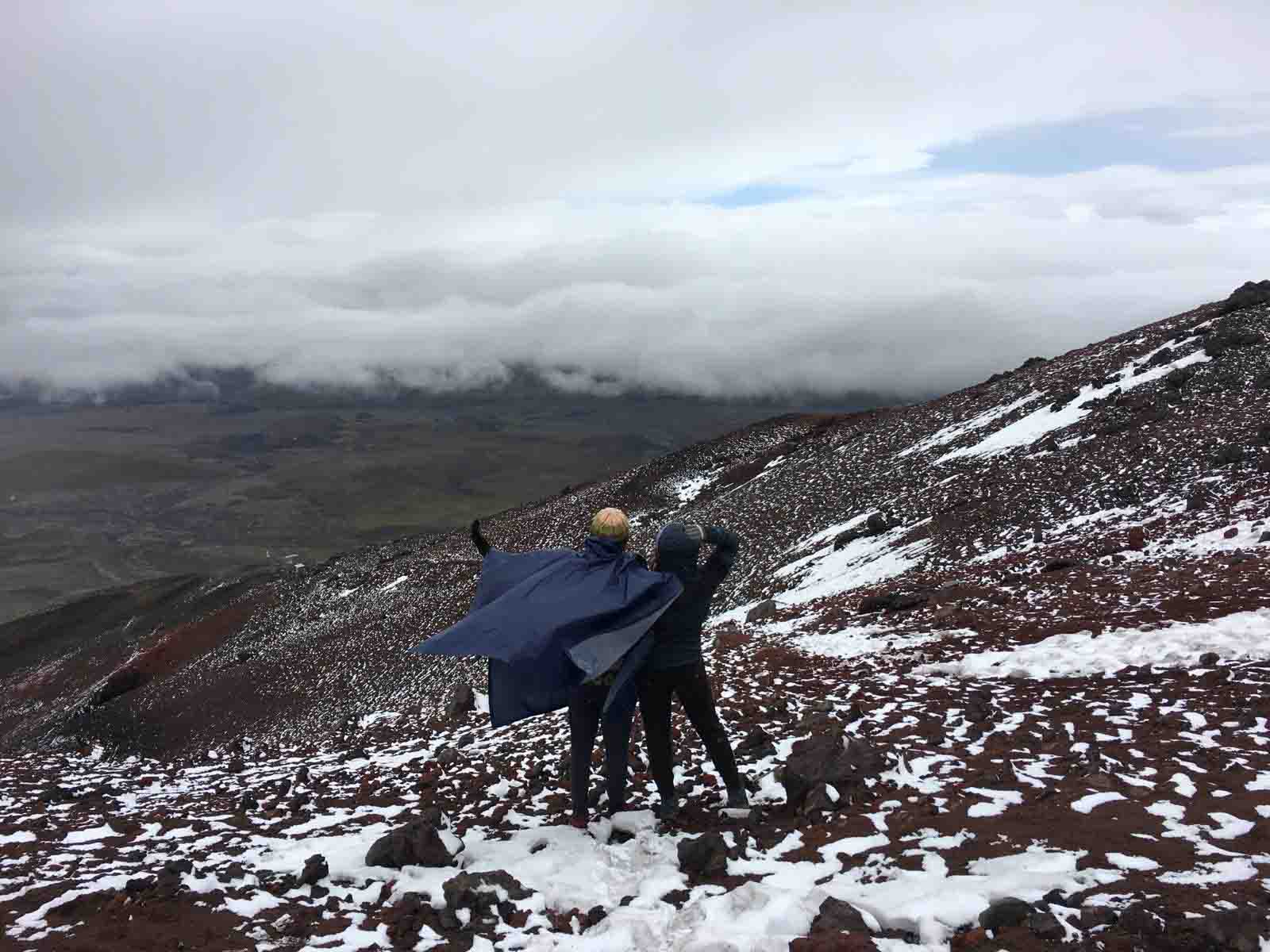
this is the last photo taken by me, more or less at 5000m high
I won’t tell you that everybody can make it. It is steep, long, and tiring. You’ll struggle through the snow in extremely cold weather and complete darkness. But with the proper gear that protects you from the biting wind and the help of the amazing guides, they have down there, who’ll pace you, and keep you well-fed and hydrated you can do it. The first time I did the refuge I went in a thin raincoat and even though it blew the soul out of my body I made it to the 5000m, where the snow starts. If I made it (even though my phone didn’t, it came back dead from that trip), I’m sure you can make it too!

Check Our Suggested Tours:
